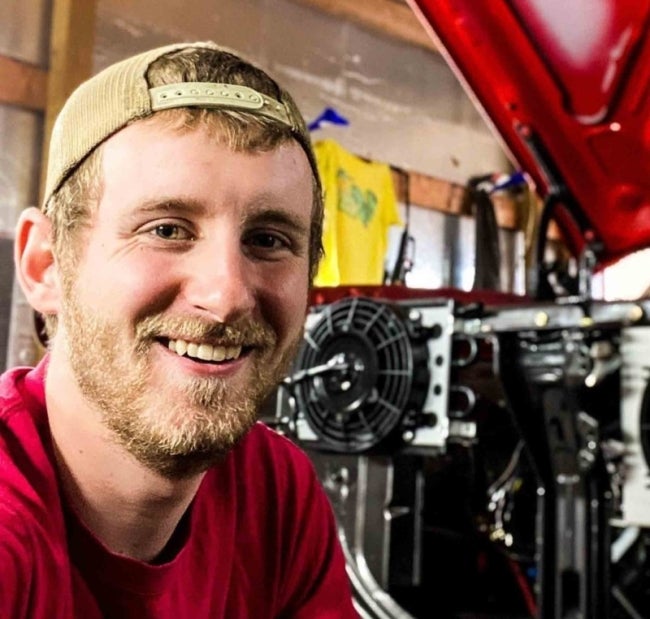By 1970, General Motors was confronting a new automotive reality. Emissions regulations were tightening, fuel economy was climbing in importance, and consumers wanted drivability over brute force. The answer wasn’t another fire-breathing big-block; it was the 400 cubic-inch small-block V8, the largest displacement in the Chevy small-block family.
Unlike its siblings, the high-revving 302, 327, or 350, the SBC 400 wasn’t built for racing. It was designed for real-world applications: pulling heavy cars like the Caprice, Monte Carlo, and wagons with effortless torque at low RPM. GM increased the stroke to 3.75 inches, the longest ever in a production small-block, to give it massive low-end grunt. On paper, the idea made sense. In practice, it created a storm of controversy.
A Flawed But Purpose-Built Design
To squeeze in the 4.125-inch bore and long-stroke internals within small-block dimensions, GM had to adopt a controversial “siamesed cylinder” design. That meant no coolant passages between the cylinder walls, which led to frequent overheating issues, especially in vehicles with weak or poorly maintained cooling systems. The 400 also required unique steam holes in both the block and heads, making it incompatible with other SBC heads unless modified.
Further complicating things was its externally balanced rotating assembly. Builders had to use a 400-specific crank, balancer, and flexplate. That broke the SBC tradition of interchangeability, frustrating an enthusiast community used to swapping heads and cranks between engines without hassle. Suddenly, this “big block in small-block clothing” was seen as more of a headache than a hero.
A Reputation Tarnished
As the ’70s wore on, things got worse for the 400. Smog regulations choked performance, fuel prices rose, and GM shifted focus to smaller, more efficient platforms. By 1976, SBC 400 was phased out of most Chevy vehicles and limped along in trucks and a few GM sister brands until 1979. GM offered no updates, no farewell, just a quiet exit.
For decades, the SBC 400 was branded a heat-prone oddity. Gearheads favored the 350’s easy modifiability and avoided the 400 entirely. It was common to see 400s yanked from donor cars, replaced by smaller engines viewed as more “tunable” or reliable. But beneath its misunderstood quirks was a powerplant built for durability and raw torque.
The Resurrection
Nearly 50 years later, the SBC 400 is having a moment. Modern cooling systems, lightweight internals, and aftermarket cylinder heads have redefined what this engine can do. Builders have started to see its long stroke and large displacement not as liabilities, but as serious advantages.

BluePrint Engines has played a big role in the revival of the 400. BluePrint Engines revived the SBC 400 crate engines in 2013.
Stroker builds based on the 400 block, 406, 421, even 434 cubic inches, are now cranking out well over 500 horsepower, and torque figures rival big-blocks, all while retaining small-block compactness. Aftermarket manufacturers like Dart and World Products offer improved 400-style blocks with thicker walls, four-bolt mains, and optimized cooling.
Today’s custom car community embraces the 400 not for what it wasn’t, but for what it always was: a smooth, torque-rich, durable engine made for hauling and working. Mid-tier drag racers and street machines alike are proving that when built right, the 400 is a sleeper icon capable of serious performance.
Built For Purpose, Not Popularity
The Chevy 400 never aimed to be the fastest or most popular engine. It wasn’t meant to rev to the moon or dominate showroom sales. It was created to solve a problem, providing big-block-like torque in a small-block footprint, and it did exactly that. Its differences weren’t design flaws; they were calculated tradeoffs made to serve a specific role.
That it was misunderstood doesn’t mean it was a mistake. Today, builders finally recognize its potential and value it for what it is, not what it isn’t. In the right hands, the Chevy 400 is no longer the black sheep of the small-block family. It’s a torque-heavy legend with a second life.

















